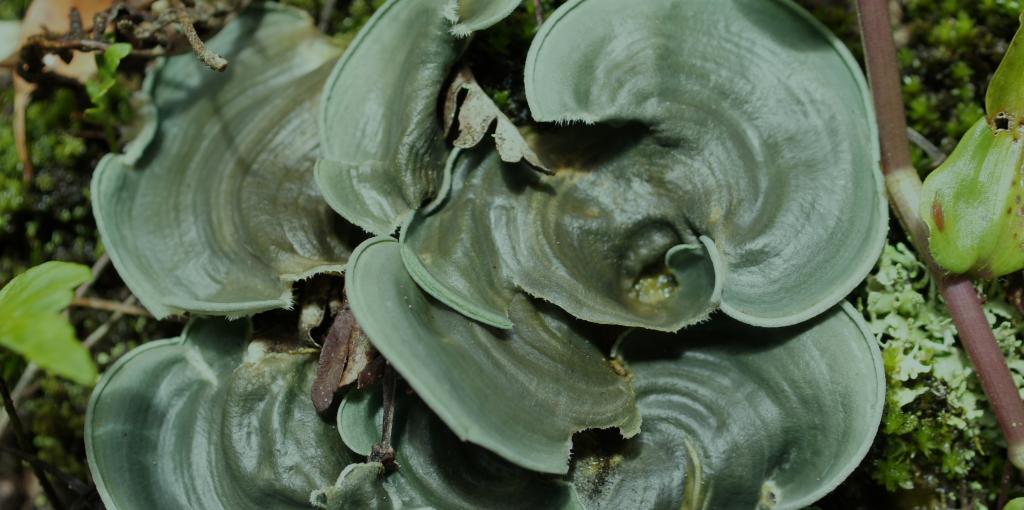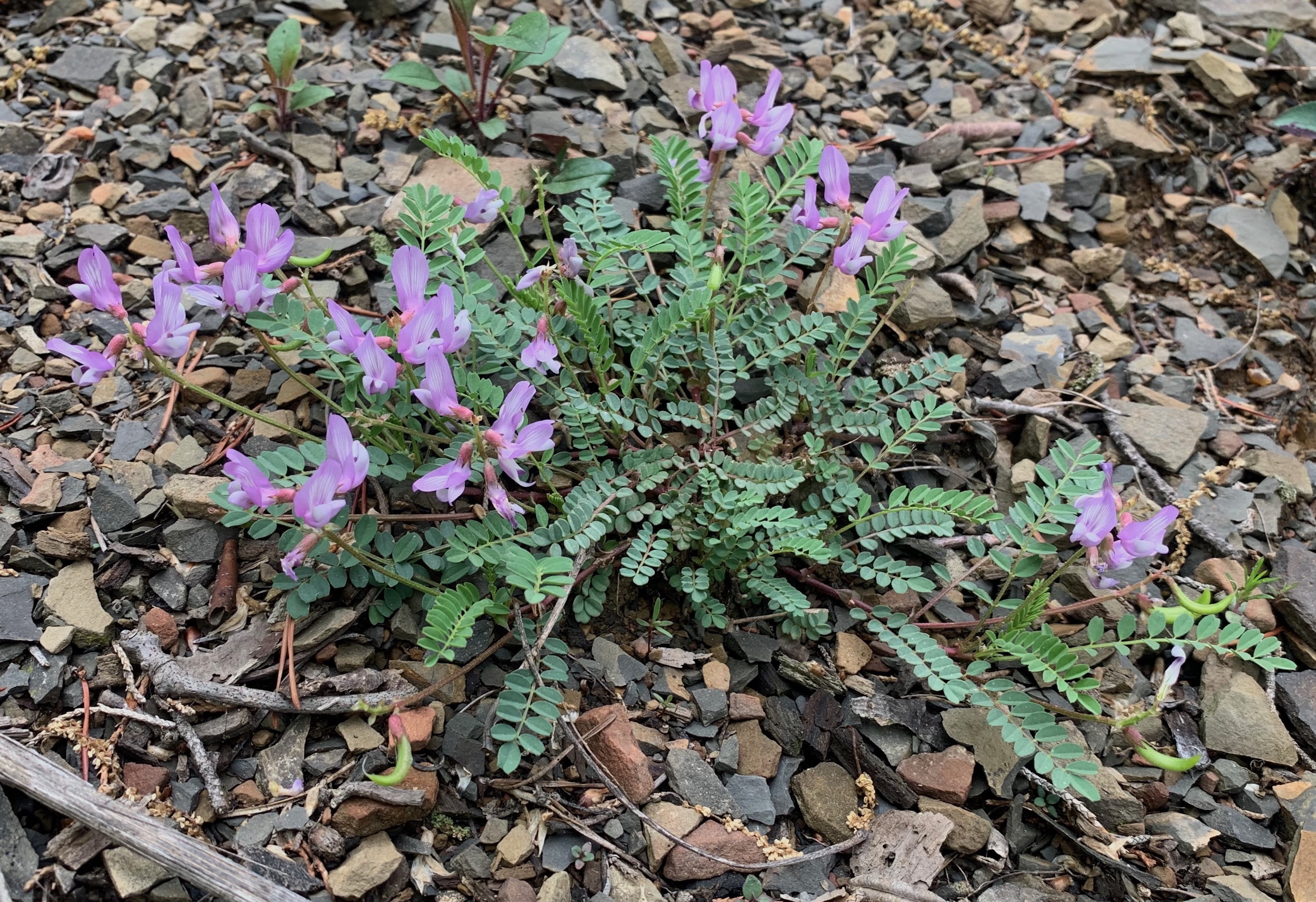Admission CTAs
George Mason University master’s student receives funding to study endangered Virginia plant
The health of our planet depends on the diversity of its organisms, from the tallest trees to the smallest microorganisms. If species disappear, the ecosystems that provide the air we breathe and the food we eat will begin to deteriorate. Scientists, like George Mason University master’s student, Emily Poindexter, are the forefront of the fight against this threat.

Poindexter, who is pursuing a master’s in environmental science and policy, received funding from the Virginia Native Plant Society to support her study of Ozark Milkvetch, a small, perennial plant native to south-central United States as well as parts of Maryland, Virginia, and West Virginia. While it is widely distributed in the south-central region, this species only grows on shale barrens in the mid-Atlantic, particularly in Virginia where it is currently classified as critically imperiled, meaning at risk of extinction.
“Everything has a cascading effect,” Poindexter said. “The protection of a single plant species can lead to conservation of its specific ecosystem and habitat. That habitat may be home to an entire community of organisms who now also benefit from that protection.”
Poindexter works alongside Andrea Weeks, associate professor in the Department of Biology and director of George Mason’s herbarium, who specializes in the systematics, historical biogeography, and evolution of flowering plants. Weeks currently oversees Poindexter in comparing DNA sequence data from the two varieties of Ozark Milkvetch to determine its taxonomy, diversity, and evolutionary history. Poindexter said that she’s hypothesizing the Ozark Milkvetch populations in the mid-Atlantic have evolved independently from those in the south-central United States. This study is the first to use comparative genetics methods to test whether this is the case. In doing so, Poindexter will be able to update the species’ conservation status and guide future conservation strategies.
Poindexter also works at the National Herbarium at the Smithsonian Natural History Museum, where her existing love for botany has evolved into an interest in systematics—the study of species characteristics and how they relate to other species as it relates to conservation. This added interest inspired Poindexter’s decision to (1) pursue a master’s degree to move her career forward and (2) work on a conservation and systematics research project.
As part of her current study, Poindexter traveled to the south-central United States to seek out populations of Ozark Milkvetch and compare their genetics with those that grow locally in Virginia. Acting as a detective, she utilized entries from the Global Biodiversity Information Facility database as well as posts from the citizen science app, iNaturalist, to locate the species in real time and analyze historical data to show where this species may have previously flourished but no longer exists.
According to Weeks, “we know the behaviors of human beings affects the ecology of the planet and we would really like to understand how to mitigate that impact. But the fact is, we don’t fully understand how our ecosystems work. We need to continue learning about these systems individually so we can put the pieces back together.”
All analytical work for the Ozark Milkvetch will be complete by Summer 2025 and Emily anticipates graduating in the following academic year.
Emily's advice for undergraduate students
“I think students often feel they don’t have enough background or expertise to participate in research. However, I’m really a big proponent for just trying things and seeing where it gets you. Sometimes things just align, they work out, and you end up in a better place than you ever expected—at least that was the case for me. Throw your hat in the ring and learn as you go. Find a mentor you can trust, offer them an idea or even just your time, and then be open to the opportunities that follow.”

